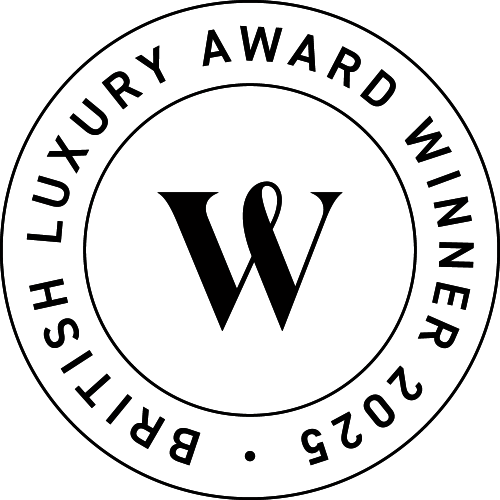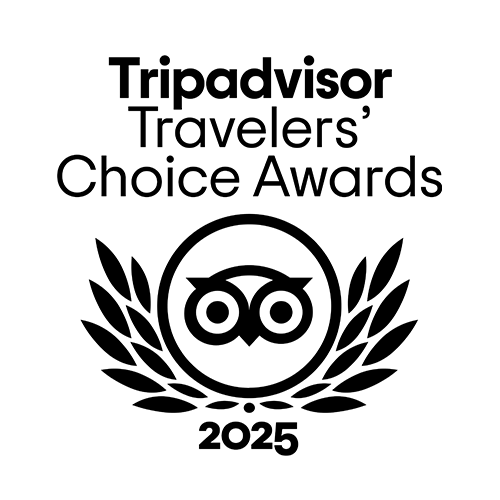What is dosage?
Dosage is added at the final stage of sparkling wine production before corking. Picture a cellar of fermenting wines lying in bottle for a designated time before the dead yeast cells (lees) are collected in the neck during a process called riddling (link to article). The lees are then expelled through a process called disgorgement, at which point a mixture of a wine and sugar, the liqueur d’expedition, is added to the bottle. The dosage is the amount of sugar in this liqueur d’expedition. The wine is not only topped up by this, but it also helps to balance the acidity of the final wine and add sweetness. The amount of sweetness is explained below in levels from Extra Brut to Doux.
What wine is used in the dosage?
Typically, it's the same wine as the bottle being topped up, with added sugar, though some winemakers also use a brandy-like liqueur as well.
How much sugar is added?
That depends on the style of wine the winemaker wants to create. In turn, this sometimes also reflects the prevailing preferences of the day. In 1816, when the riddling process was invented by one Madame Clicquot, tastes varied greatly by market. Russians liked their bottles super sweet, with the English preferring the driest style of all. Madame Clicquot obliged by making le style anglais. For chemistry buffs, the official levels of sugar per litre are:
Brut Nature 0-3 grams
Extra Brut 0-6 grams
Brut 0-12 grams
Extra Dry 12-17 grams
Sec 17-32 grams
Demi-sec 32-50 grams
Doux 50+ grams
What's changed since 1816?
While sweet sparkling wine works well with desserts and in cocktails, global tastes today favour drier styles. Not surprisingly, almost all English Sparkling Wine mirrors le style anglais. Most of the wines we produce here at Gusbourne are Brut. Indeed a few winemakers are now turning their attention to making an even drier style called Brut Nature with no dosage at all. Since zero dosage sparkling wines retain a maximum of only 3 grams of residual sugar from the winemaking process alone, this makes for a very different flavour profile.
You may also like...
Blending: How the Magic of Sparkling Starts









